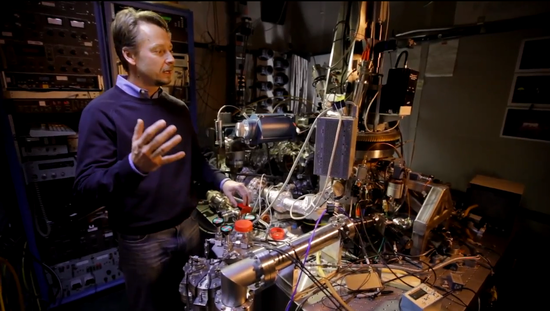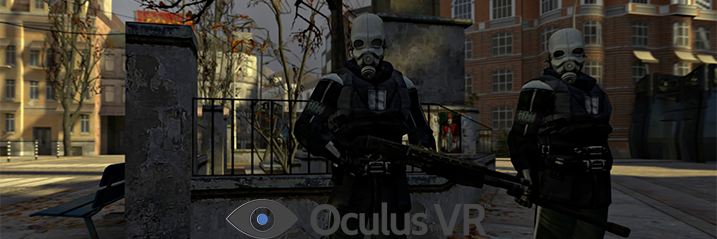Using a scanning tunneling microscope scientists at IBM created the world’s smallest magnetically stored digital bit – built from only twelve atoms. The team has now used the same technology to create an animated video, enlarged 100 million times.
The vdeo IBM has posted on Youtube is called ”A Boy and his Atom”, and shows a stick figure that meets a lone atom. The video has 242 frames, all captured through a scanning tunneling microscope that can capture single atoms and molecules at 100 million times amplification, and the video has been verified by Guinness World Records as the world’s smallest film.
”Capturing, positioning and shaping atoms to create an original motion picture on the atomic-level is a precise science and entirely novel. At IBM, researchers don’t just read about science, we do it. This movie is a fun way to share the atomic-scale world while opening up a dialogue with students and others on the new frontiers of math and science.”
– Andreas Heinrich, IBM Research
The scanning tunneling microscope was invented at IBM and was rewarded with the Nobel prize in 1986, and was not only important for capturing pictures of atoms, but also placing them with perfect precision. An extremely thin and sharp needle is placed one nanometer above a copper surface, and voltage was applied across both of them. By carefully moving the needle across the copper surface the scientists were able to drag the atoms, more specifically carbon monoxide molecules, and using the noise that occurred to determine the exact movement.
Using the video the scientists wants to draw attention to the technology for moving and picturing atoms, which was previously demonstrated through the world’s smallest magnetically stored digital bit, and that is why the movie starts with only 12 atoms – the least number of atoms that can represent a stable representation of a bit. This was possible partially by using the scanning tunneling microscope, which searches for tunneling electrons near the surface, and partially by placing the atoms anti-ferro-magnetically.
In layman’s terms this means that adjacent atoms have the opposite spin, making the total magnetic field null. in contrast to ferro-magnetic atoms, where all atoms have the same spin and creates one big magnetic field, the same kind of magnetic fields we have in our everyday lives; e.g. in traditional harddrives, refrigerator magnets or compasses. When atoms are anti-ferro-magnetically arranged they can be placed closely together without interference. With twelve atoms per bit a theoretic harddrive made with this technology could potentially store up to 400 terabyte.

Even if the technology can be used to create short animated movies it will take long before we see something similar in retail products. The system is very sensitive for other particles and must be protected from any kind of radiation, which means it needs to be cooled down to 1 Kelvin (-272 C / -458 F).
Andreas Heinrich at IBM Research estimates that each bit would require approximately 150 atoms at room temperature, which is still much less than the millions of atoms that is used with each bit in a traditional harddrive. The manufacturing cost and complicated process are the two biggest obstacles today, but with or without future superharddrives ”A Boy and His Atom” is an entertaining example of how we can manipulate materia on even the smallest of scales.
A summarization of the work behind the move can be found at IBM’s website, and a press release here.





















Leave a Reply